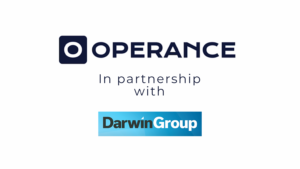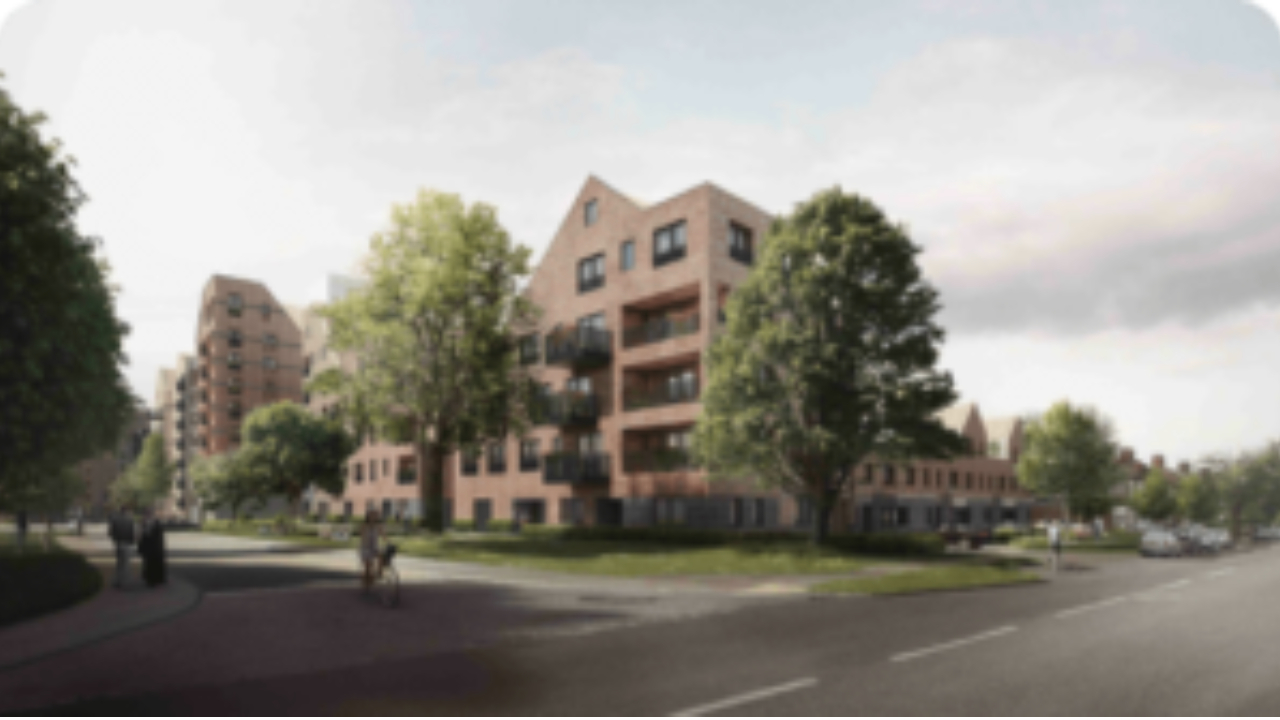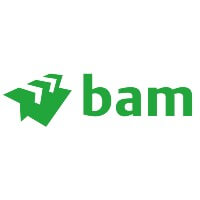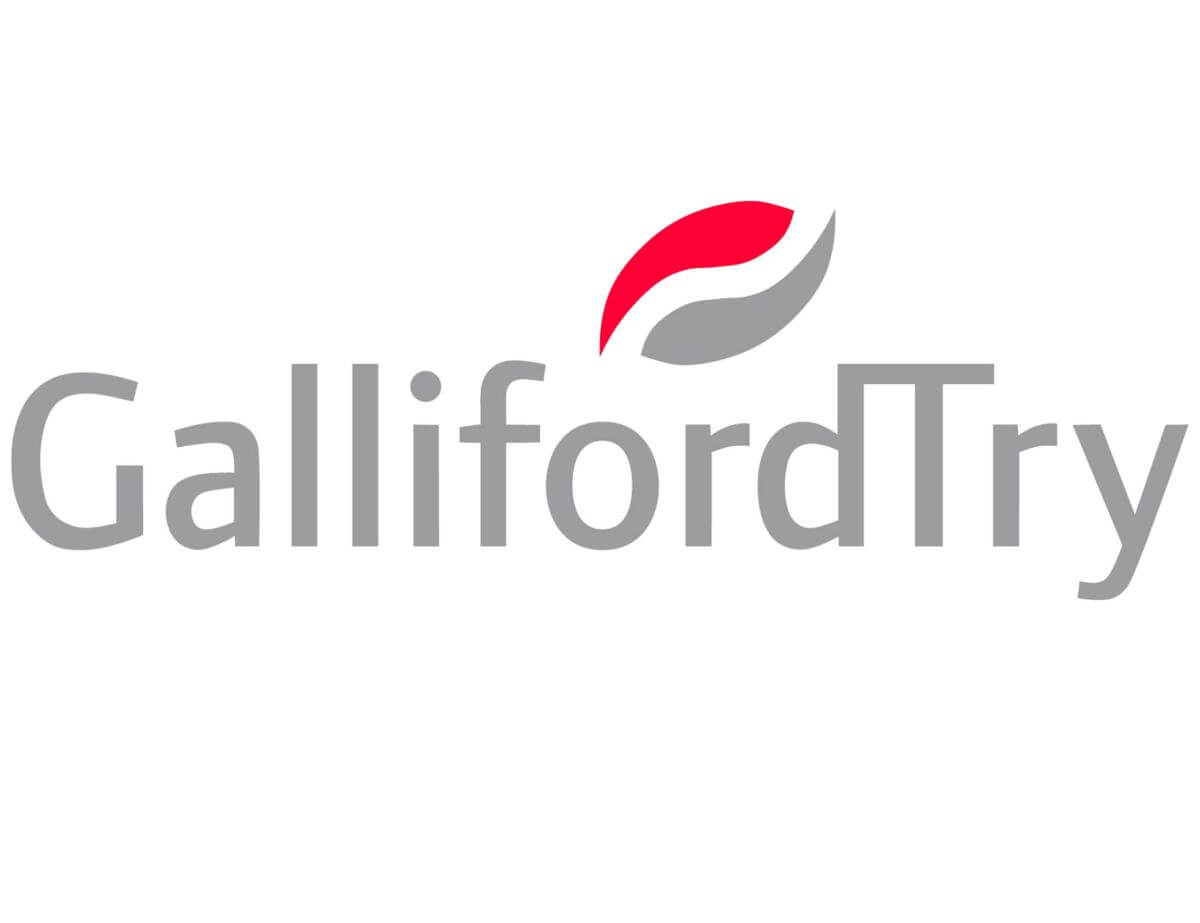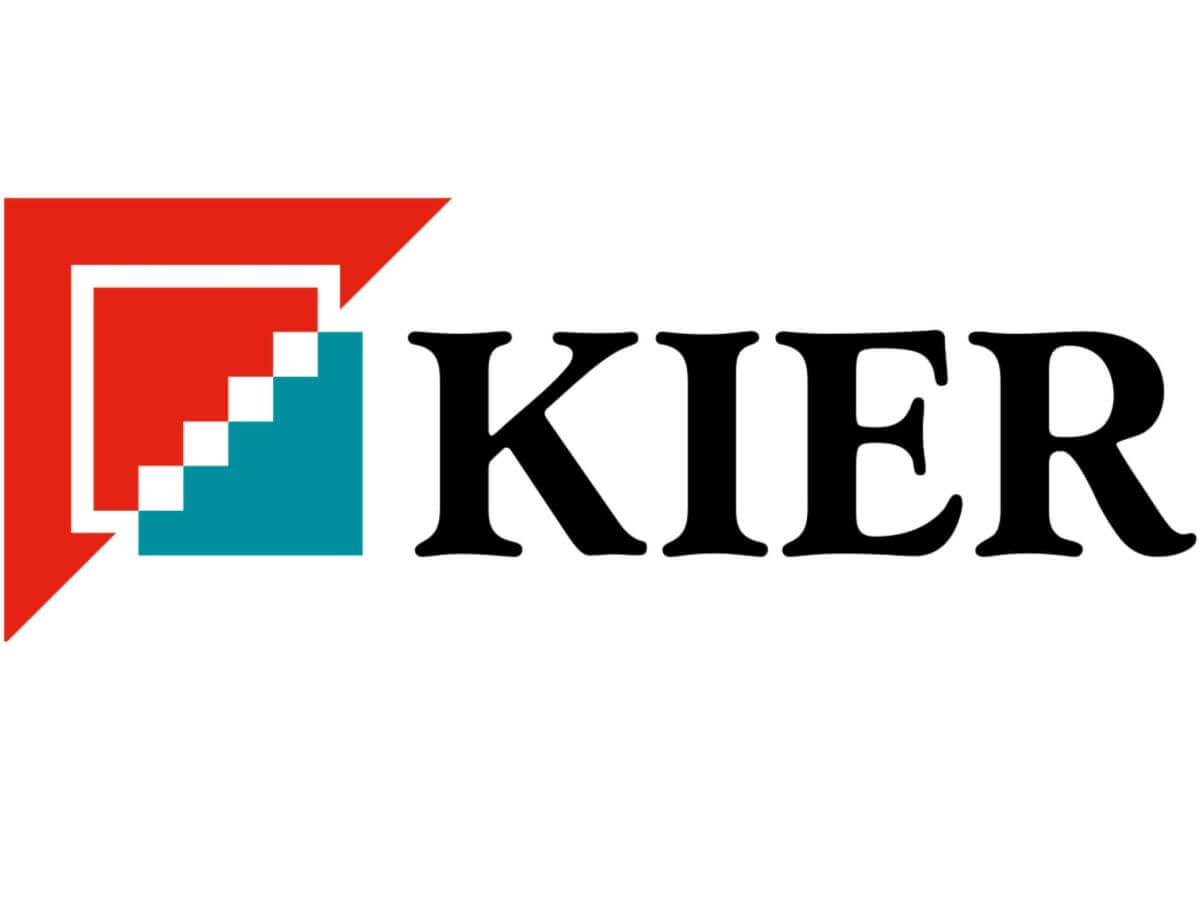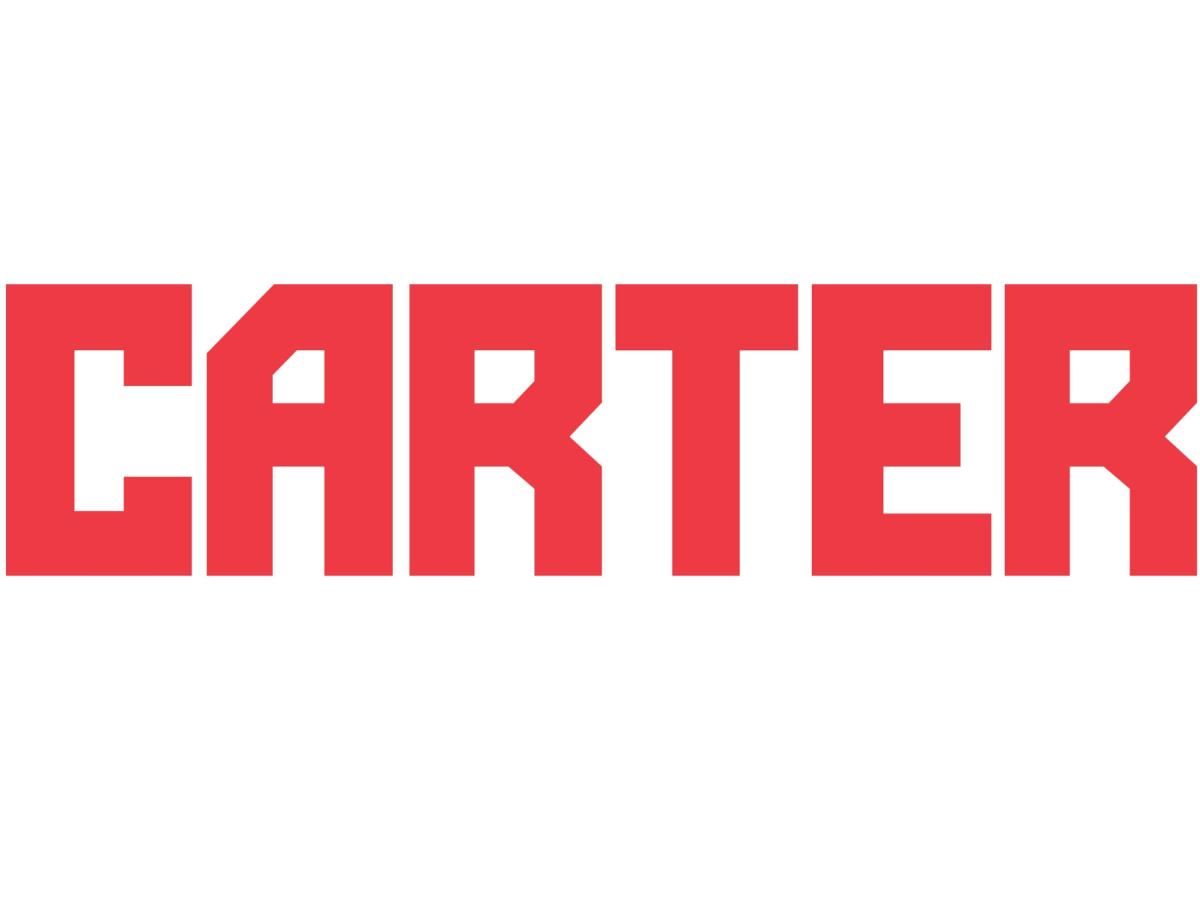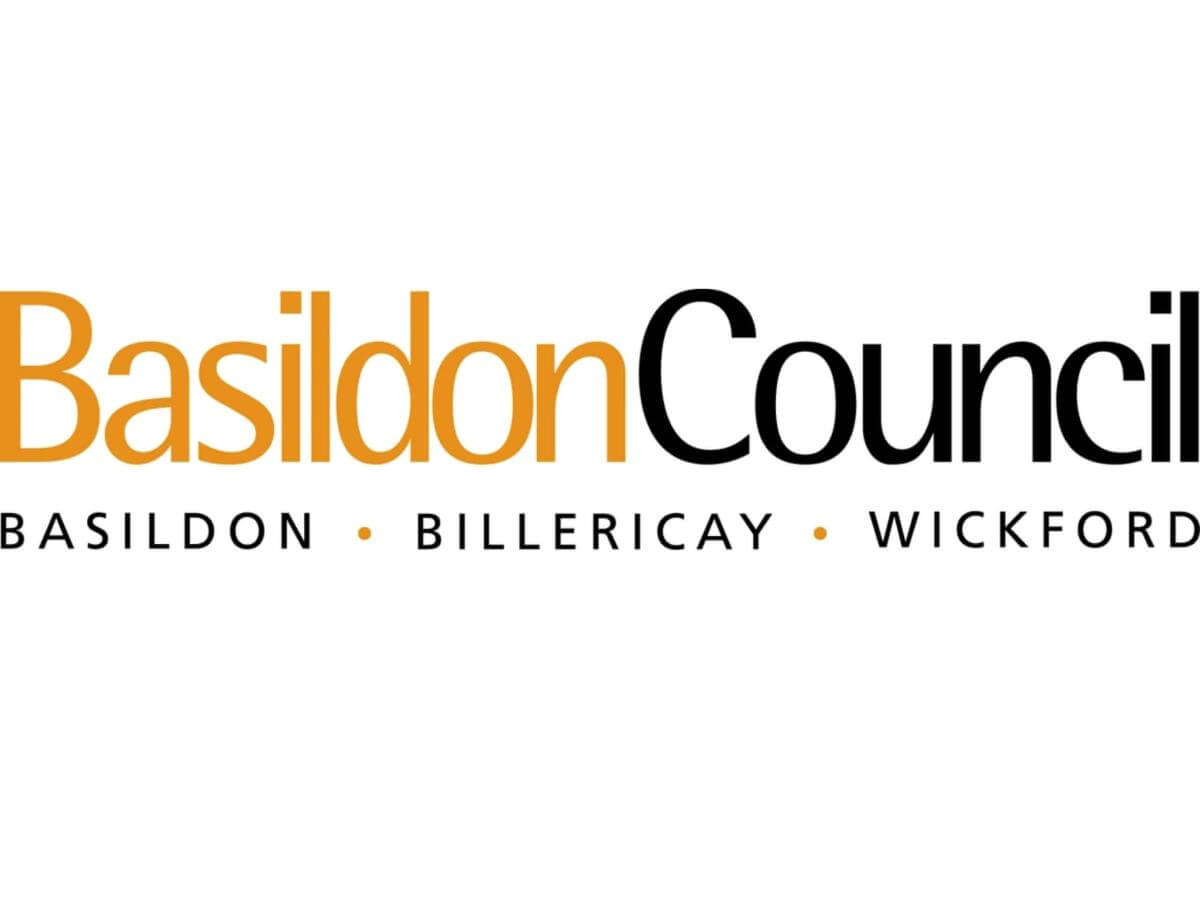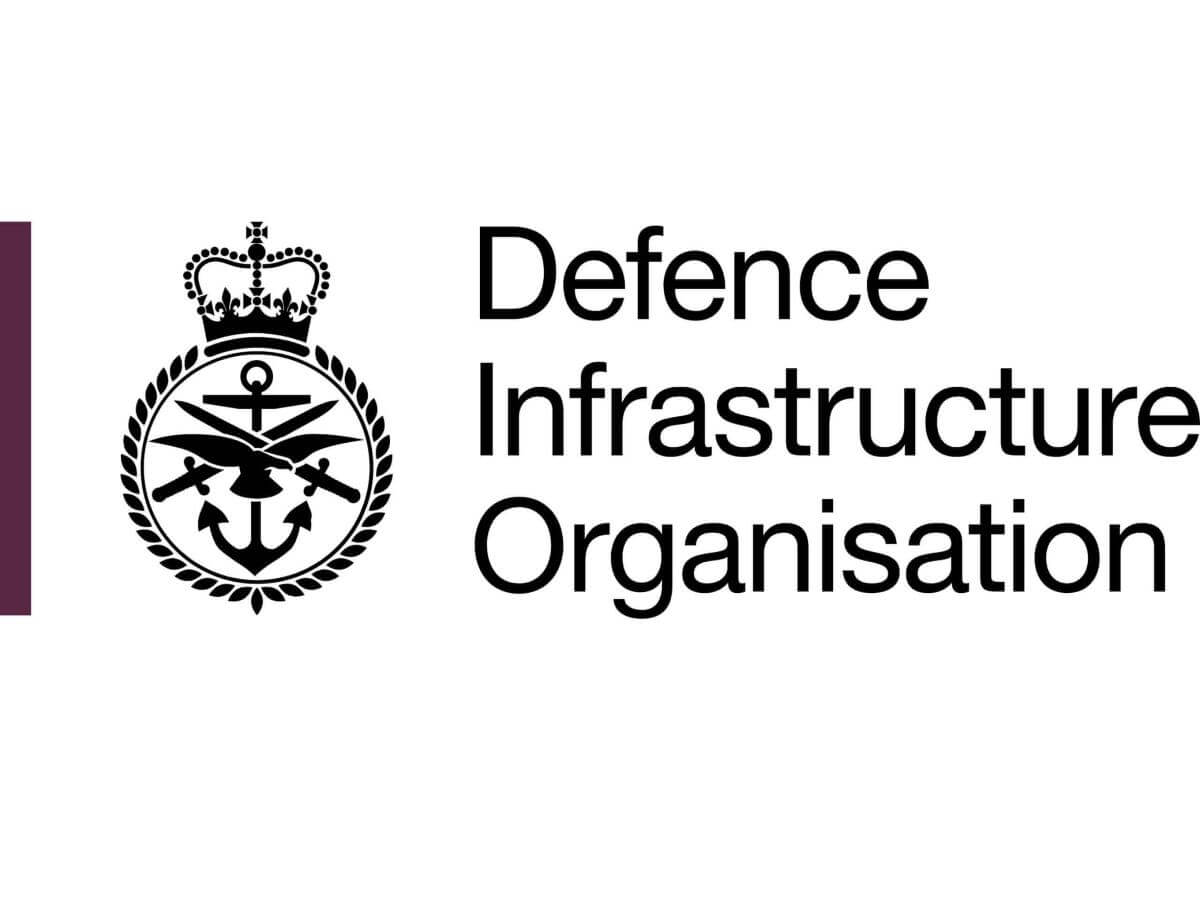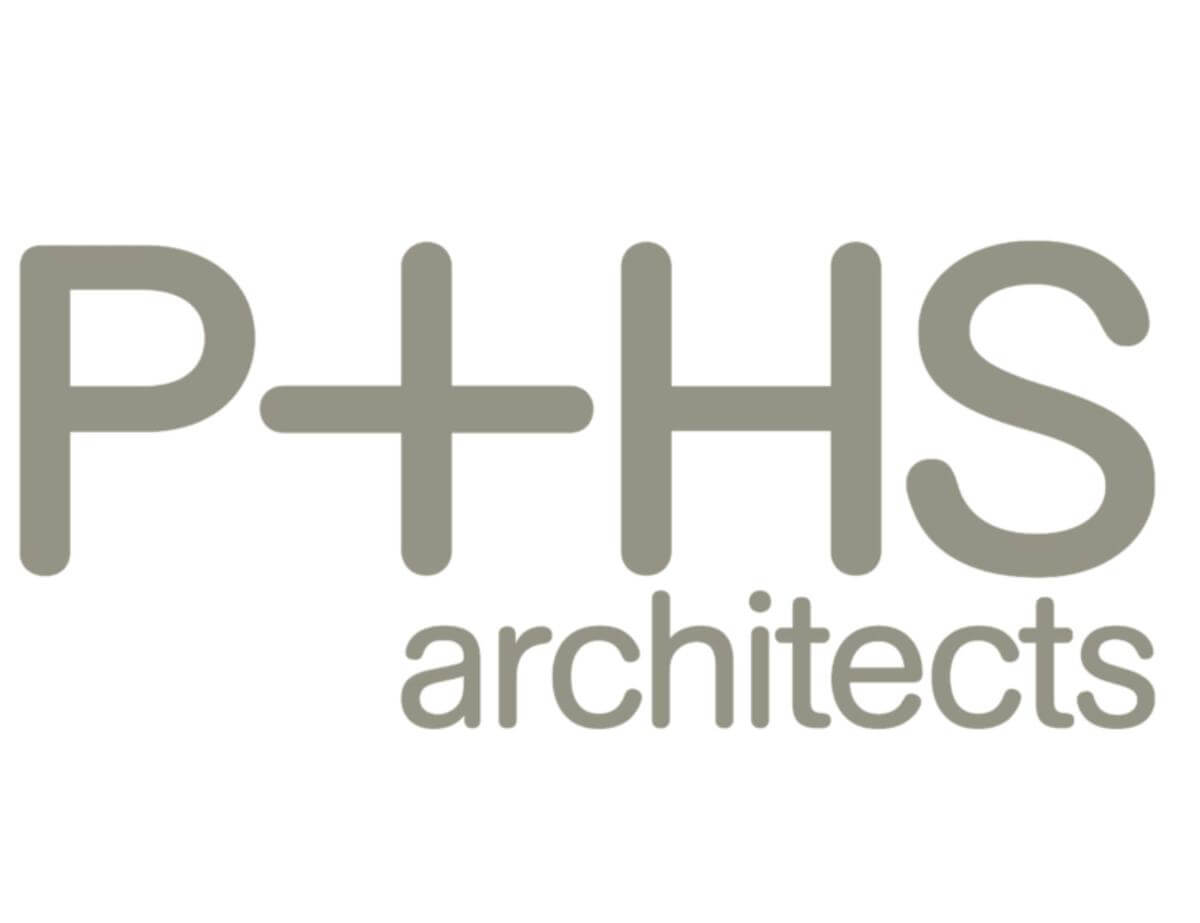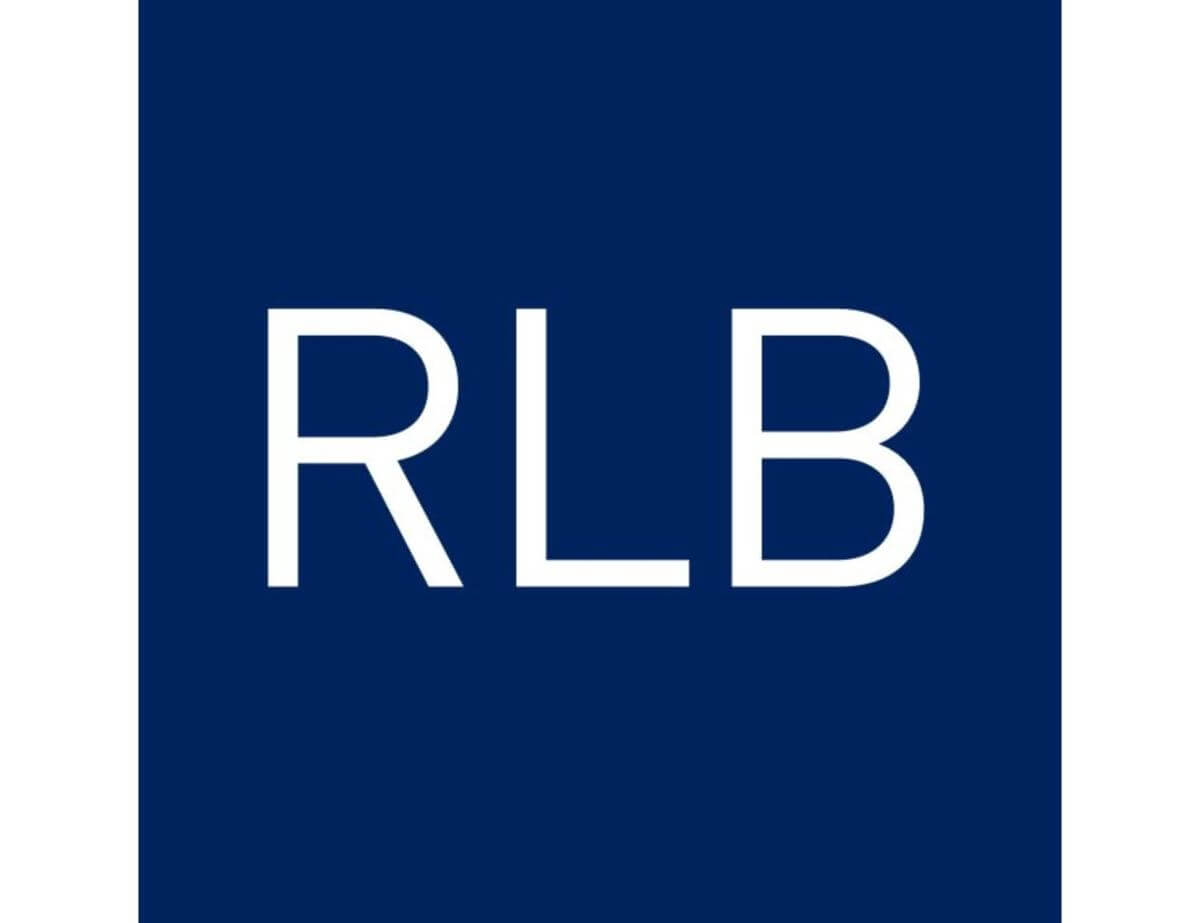BIM Consultancy Services
for Contractors
Are your clients asking for you to utilise BIM methodology to deliver your schemes but you don’t have the resource? Or perhaps you want to grow and to do so you need to offer BIM services The good news is Operance can help. From tender support all the way through to the project delivery. Our BIM team can be your BIM team
Are your clients asking for you to utilise BIM methodology to deliver your schemes but you don’t have the resource? Or perhaps you want to grow and to do so you need to offer BIM services The good news is Operance can help. From tender support all the way through to the project delivery. Our BIM team can be your BIM team
Full suite of BIM Services
We provide comprehensive BIM coordination services including:
Clash detection
Model Checking Aligned to EIR
Information requirements processes
BIM Execution Plan (BEP).
Federation of Asset Information Including COBie for Maintainable Assets.
Advisory, Upskilling, and Accreditation Services.

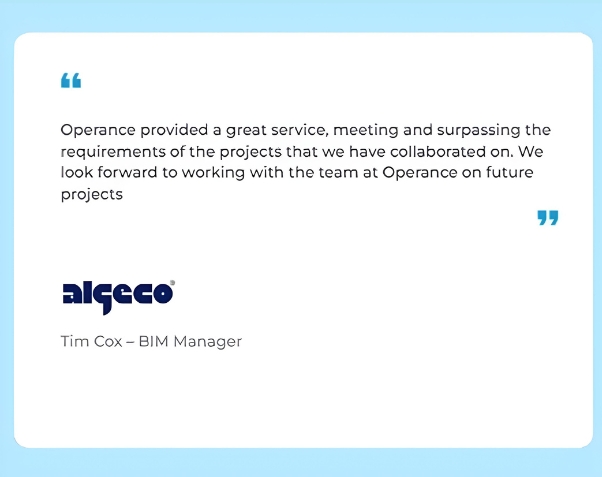
Trusted by Partners
Join leading companies like Algeco and experience the collaborative, quality-driven approach that sets our BIM services apart
Expert team of Information Managers
With over 75 years of combined sector experience our leadership team are experts in construction information management. Key members of Nima (formerly UK BIM Alliance) there is not much our team don’t know about BIM.
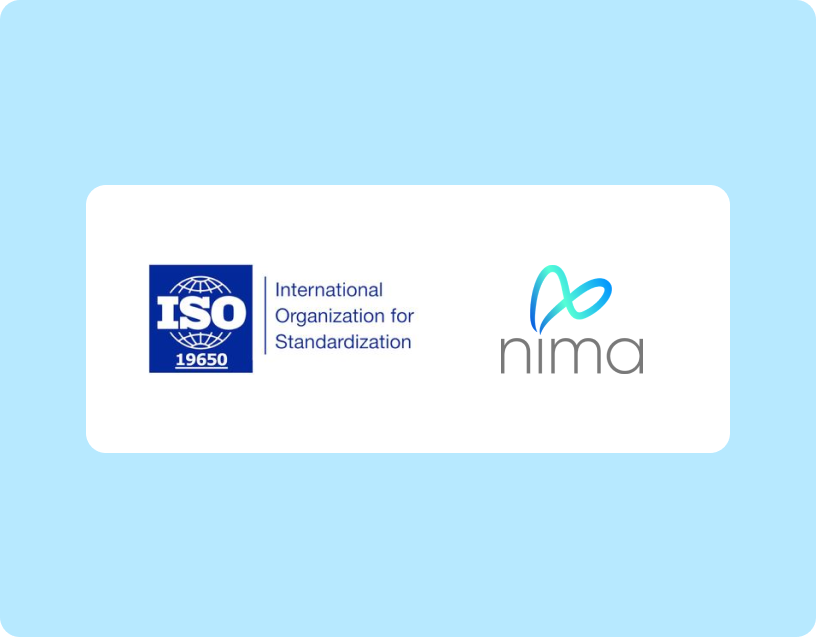

Win More Work
Our team can offer Tender support, helping you win new projects. With years of experience delivering BIM schemes, we know what it takes to win and importantly then deliver on the project to exceed client expectations.
Flexible Resources
If you haven’t got the internal resource and expertise, don’t worry. The Operance BIM Consultancy team act on your behalf as integrated members of your team. The client just sees the great work the you as the principle contractor deliver.

BIM Expertise when you need it
Talk to our team or get a quote straight away.
Learn from companies already using Operance
Frequently asked questions
What is BIM?
Building Information Modelling (BIM) – is a collaborative way of working that facilitates early supply chain involvement, underpinned by the digital technologies which unlock more efficient methods of designing, creating and maintaining our assets.
BIM provides a digital representation of the physical and functional characteristics of an asset (or portfolio of assets) to support reliable decision making and management of information during its life-cycle.
At its core, BIM uses 3D models and a common data environment to access and share information efficiently across the supply chain and so boost the efficiency of activities around asset delivery and operation.
By helping the entire supply chain to work from a single source of information, BIM reduces the risk of error and maximises the team’s ability to innovate.
As an AEC industry, we have now moved away from purely viewing the graphical elements within models and are now focussing on the non-graphical data held within models and other project deliverables. This data can be used by the client or contractor for multiple purposes such as cost/quantity take off, programming, health & safety and onto asset/facilities management.
The term BIM is often re-badged now as Better Information Management or known as purely Information Management (IM).
What is a BIM model?
BIM models – provide a visual representation of your estate’s facility. They align the designed visual element of your project with the built physical reality.
In essence, a BIM model is simply a ‘container for data’. It just so happens that all the data within the container is about your building and that the container itself just happens to look like your building.
Data can be added to any of the objects within your building model. Each building model has its own data, but each building is also a master data container – it contains spaces that each have their own data. Each space contains objects, and each object has data. Thus, we have data containers within data containers.
Your model provides a visual representation of the rooms within your facility and other elements within those rooms, such as ventilation ducts or boilers.
All these visual elements of your model can be used as containers for storing data. The whole facility – floors, common spaces, zones made up of a group of common spaces, and individual components and assets – can be used for storing data.
Some data will only apply to your facility as a whole and only needs to be linked to the master data container. This could be information from the design and construction phase, site investigations or planning consents, and it will usually consist of PDF documents. Information for the whole-facility master data container can be easily added to these PDFs – as hyperlinks – and added to Operance.
Each individual building component becomes its own data container for specific and detailed data. For example, building components such as an air-handling unit can contain: the name of the manufacturer; a serial number; a warranty start date; a warranty duration; and countless other data attributes essential for the effective operation and maintenance of the component.
What are the BIM standards?
A large part of the original 2016 UK BIM Level 2 mandate revolved around published guidance documents, primarily consisting of British Standards (BS) and Publicly Available Specifications (PAS). The PAS 1192 suite of documents (like all PAS documents) was a response to a rapidly developing industry need and was produced to provide immediate structure and guidance, in this case, to BIM.
From 2018 onwards, the new ISO 19650 suite of standards were introduced to replace the PAS 1192 and BS 1192 standards.
ISO 19650 is an international standard for managing information over the whole lifecycle of a built asset using BIM. It contains all the same principles and high-level requirements as BIM Level 2 and is closely aligned with the previous, current PAS 1192 and BS 1192 standards.
Below is a list of the current ISO 19650 suite of standards:
BS EN ISO 19650-1: Organisation and digitisation of information about buildings and civil engineering works, including building information modelling — Information management using building information modelling: Concepts and principles.
BS EN ISO 19650-2: Organisation and digitisation of information about buildings and civil engineering works, including building information modelling — Information management using building information modelling: Delivery phase of the assets.
BS EN ISO 19650-3: Organisation and digitisation of information about buildings and civil engineering works, including building information modelling (BIM) – Information management using building information modelling Part 3: Operational phase of the assets.
BS EN ISO 19650-4: Organisation and digitisation of information about buildings and civil engineering works, including building information modelling (BIM), Information management using building information modelling – Information exchange.
BS EN ISO 19650-5: Organisation and digitisation of information about buildings and civil engineering works, including building information modelling (BIM) – Information management using building information modelling Part 5: Security-minded approach to information management.
These standards and the associated guidance, which our team assisted to produce, can be found on the UK BIM Framework website – UK BIM Framework – BIM Standards, Guides & Resources.
What does Information Requirements mean?
To enable effective information requirements, the appointing party (client) should clearly express these requirements to other organisations and individuals through their exchange information requirements to specify or inform their work. A clear hierarchy of information should be set out linked to the project, asset(s) and organisational objectives (see ISO 19650-1 Clause 5). Getting this right is critical; absence of clearly defined information requirements may increase the likelihood that delivery teams will not be able to provide complete and correct information to support decision-making and project progression. There are four key documents or resources which set out the appointing party’s information requirements:
- Organisational information requirements (OIRs) – In relation to organisational objectives
- Project information requirements (PIRs) – In relation to the purpose, design, and construction of an asset
- Asset information requirements (AIRs) – In relation to the operation and maintenance of an asset
- Exchange information requirements (EIRs) – in relation to an appointment
What is a BIM Execution plan (BEP)?
The BIM Execution Plan – is a plan prepared by the suppliers in response to the EIR (Exchange Information Requirements) to explain how the information modelling aspects of a project will be carried out. The BEP has two forms, Pre Contract and Post Contract, the requirements for these documents are identified within the BS EN ISO 19650-2 standard and associated guidance.
⦁ Pre-Contract BEP – At tender stage, before a contract is agreed, a prospective supplier will develop a BEP with the aim of demonstrating their proposed approach, capability, capacity, and competence to meet the EIR in general terms.
⦁ Post-Contract BEP – Once a contract has been awarded, then the winning supplier is required to submit a further BIM Execution Plan. The focus of this post-contract document is to confirm the supply chain’s capabilities and may be supplemented with further documentation setting out when project information is to be prepared, who is responsible for preparing the information, and what protocols and procedures will be used to develop the information.
What is a COBie?
Construction Operations Building information exchange (COBie) – A non-proprietary data format for the publication of a subset of building information models focused on delivering asset data as distinct from geometric information. (NBS)
In essence, COBie provides a method for exchanging information in a structured format. It is general enough that it can be used to document both buildings and infrastructure assets. It is simple enough that it can be transmitted using a spreadsheet.
It is a means of sharing structured information. The data is exchanged using spreadsheets to keep the complexity of systems and training to a minimum.
COBie is often described as a subset of an information model. This means it contains a defined and limited set of model information, the data within the model. This is an important point, as the larger set of data for which COBie is a subset of, is your model.
So, it’s a relatively simple approach to produce a COBie spreadsheet from your data model, should it be required. But, you also have the advantage of having a model with a richer and more comprehensive set of data than can be delivered through COBie alone.
Should BIM Data be Maintained?
Everything requires maintenance, and this includes your data as your data model (of your new or existing building/estate) should be considered as an asset.
Yes, it is a model of your facility and it is only useful because it provides a model representation of the facility. But this doesn’t prevent the model from being of value and anything of value should be considered an asset.
Your physical asset: imagine you have a new building, just finished with everything working, fully commissioned and balanced, your facility is at its maximum value. Nothing has broken, nothing requires maintenance, cleaning, or replacement. Over time, as the facility is used, surfaces will become worn, doors will become damaged, valves will require opening and closing or they will become stuck.
It’s just the natural way that as time progresses, stuff will stop working, or will become worn out due to constant use. As more time passes and as your facility continues to be used, it will devalue. The only way to reduce this decline in value is to expend money to maintain your asset.
Your digital asset: Exactly the same process applies to your data model. The data within the model, the information about the installed assets and the design of your facility, will be correct and validated at the time of handover or delivery of the model. This is when your model should provide a fully accurate representation of the physical (graphical) parts of your facility and the information about the parts and use of the facility.
This data will also start to devalue over time. As the parts of your facility are altered, maintained, and replaced, the model representation will start to differ from the actual facility. The more the information model differs from your facility, the more the model will devalue. The only way to prevent your data model from devaluing is to invest in maintaining the data, in exactly the same way as your physical facility requires continual investment.
The data should be regularly checked for consistency and accuracy, particularly if you have collected data for the anticipated life of an asset for forecasting future costs for maintaining your physical asset. As you swap or change assets, you will be required to also add new anticipated life data to correctly maintain your data. And unless you are using this data effectively, this would be a wasted activity and a devaluing asset.
What is ISO 19650 Certification?
The ISO 19650 standard is the international standard for managing information over the whole lifecycle of a built asset using building information modelling (BIM). It contains the same principles and high-level requirements described in the UK BIM Framework and is closely aligned with the original UK PAS and BS 1192 standards which formed BIM Level 2.
The principles remain the same as BIM Level 2. There are small changes in terminology, but some Level 2 wording is still included in the UK National Forewords and National Annex.
To achieve certification, we help organisations understand their ambitions and develop their own bespoke BIM systems and processes whilst training key people. Once you are ready (normally taking around 8-12 weeks in total), we coordinate and assist you through third-party accreditation and your first year’s audit.
What's the difference between ISO 19650 and BS/PAS 1192 (BIM Level 2)?
The ISO 19650 standards replaced PAS 1192 in 2018. The ISO standards were founded on the UK’s 2016 mandated standards for information management using building information modelling (BIM), namely BS 1192:2007 + A2:2016 and PAS 1192-2:2013. The principles remain similar largely, with slight changes in terminology, but even terminology was preserved via the UK National Forewords and National Annex. Whilst the UK’s BIM Level 2 standards provided a solid foundation on which to develop ISO 19650, it does differ beyond terminology and language. The key differences could be highlighted as:
- BIM maturity now determined by stages, not levels, meaning BIM Level 2 should no longer be used by the industry.
- The Employer and Supplier are now referred to as Appointing and Appointed parties.
- ‘Roles’ are now called ‘Functions’ to avoid the age-old myth that new job-titles and team members are required, which was never the case.
- Takes into account full lifecycle information principles through the project and asset operation phases.
- Includes a clearer step-by-step project information process.
- There is now an explicit requirement to consider risks.
- Inclusion of ‘Level of Information Need’.
- Common Data Environment (CDE) ‘States’ replace ‘Areas’ and ‘Status’ replaces ‘Suitability’.
- More detail of delivery team documents.
- Now two types of responsibility matrix including ‘Management Activities’ and ‘Information Management Delivery’.
- Container ID [file naming] adjusted following industry feedback, this was further adjusted in 2021.
- ‘Volume Strategy’ now a ‘Federation Strategy and Container Breakdown’.
How many parts of ISO 19650 are there and which is relevant to us?
ISO 19650 is currently available in these parts:
- BS EN ISO 19650-1: Organisation and digitisation of information about buildings and civil engineering works – Concepts and principles
- BS EN ISO 19650-2: Organisation and digitisation of information about buildings and civil engineering works – Delivery phase
- BS EN ISO 19650-3: Organisation and digitisation of information about buildings and civil engineering works – Operational phase
- BS EN ISO 19650-4: Organisation and digitisation of information about buildings and civil engineering works – Information Exchange
- BS EN ISO 19650-5: Organisation and digitisation of information about buildings and civil engineering works – Information Security
Also included within the UK BIM Framework standards alongside the BS EN ISO 19650 parts are:
- PAS 1192-6: Specification for collaborative sharing and use of structured Health and Safety information using BIM
- BS 8536: Design and construction for operability
- PD 19650-0: UK Transition Guidance (BS/PAS 1192 to ISO 19650)









